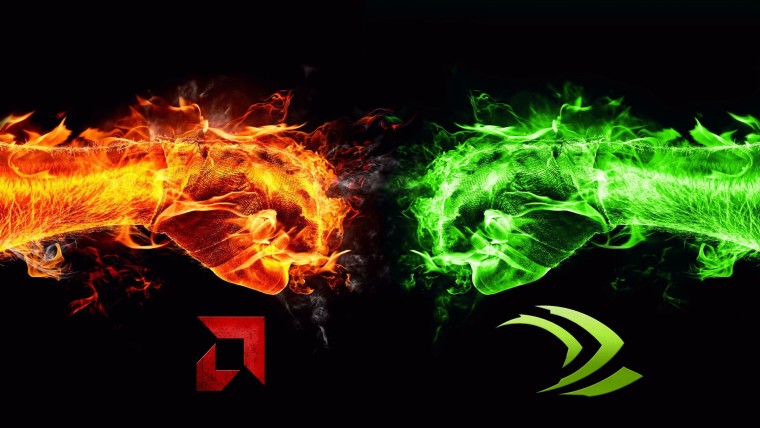Ads
While most people agree that AMD’s RX 7000 cards (RDNA 3/ Navi 3x) offer much better value for money compared to Nvidia’s RTX 40-series counterparts, one area where Team Red has once again fallen behind, after making some decent progress with RDNA 1 and RDNA 2, is in terms of power consumption.
With RDNA 2 (RX 6000), AMD went with a narrower memory bus while adding large quantities of on-board L3 cache, dubbed Infinity Cache, to compensate for the lowered memory bandwidth. Though this meant that these GPUs struggled slightly in memory-intense tasks like high-resolution gaming, Radeon actually came out on top in power efficiency, a much-needed victory in that department in a very long time. For example, the RX 6900 XT was able to outdo the RTX 3090 while the 6800 XT was more efficient than the RTX 3080. (Interestingly, it’s Nvidia who has taken a very similar approach this time with a large amount of L2 cache paired with a lower memory interface/bus.)
Sadly though, AMD’s new RX 7000 cards have gone back to a wider memory bus design and this, along with architectural deficiencies, means that Nvidia is once again back on top as the power efficiency king.
Interestingly though, it looks like this was a conscious decision on AMD’s part to sort of ignore power draw as the company’s Senior Vice President and General Manager of the Graphics Business Unit, Scott Herkelman, feels that not many gamers actually care about power consumption when it comes to desktop gaming.
In a recent interview with Club386, Herkelman revealed this when asked about the weaker energy efficiency of the upcoming RX 7700 XT compared to the RTX 4070:
Q) Energy efficiency also appears weaker than Nvidia on paper – RTX 4070, for example, has a 200W TGP, compared to 245W for RX 7700 XT. Is this an area of concern?
Scott Herkelman: We have a company initiative in driving good performance per watt across our portfolio of products. We look at perf per watt on every chart when bringing all chips to market. In notebooks, it matters greatly. In desktop, however, it matters, but not to everyone. There are some people who are really concerned about power, others don’t care as much.
However, Herkelman does acknowledge the benefits of a more efficient design and states that power efficiency is a priority for the company.
We definitely want to make a better perf-per-watt chip. A better chip makes the overall board more affordable, which enables us to do different things with the pricing and hopefully supply additional performance to the gamer. It’s also good for the environment and your own electricity bill.
Power is definitely a prime initiative. You’ll see us over time get better and better at it. We need to catch up.
Finally, Scott Herkelman also acknowledged the idle power consumption struggles AMD has been having with its 7000 series, adding that it may take some more time to fully resolve all such issues:
There are still bugs that we need to fix. Idle power is one of them. We believe there is a driver fix for it. It’s a wonky one, actually. We do see some inconsistencies with idle power that shouldn’t be there, and we’re working with our partners to maybe help with that. It will be cleaned up, but it might take a bit more time.
AMD has been trying to fix power draw issues on these cards for a while now. The first driver with a known fix was released last year in December. In the meantime, the Radeon division has been trying to fix idle power draw as well but with limited success, as these fixes have been delivered in bits and pieces mostly.
Source: Club386










